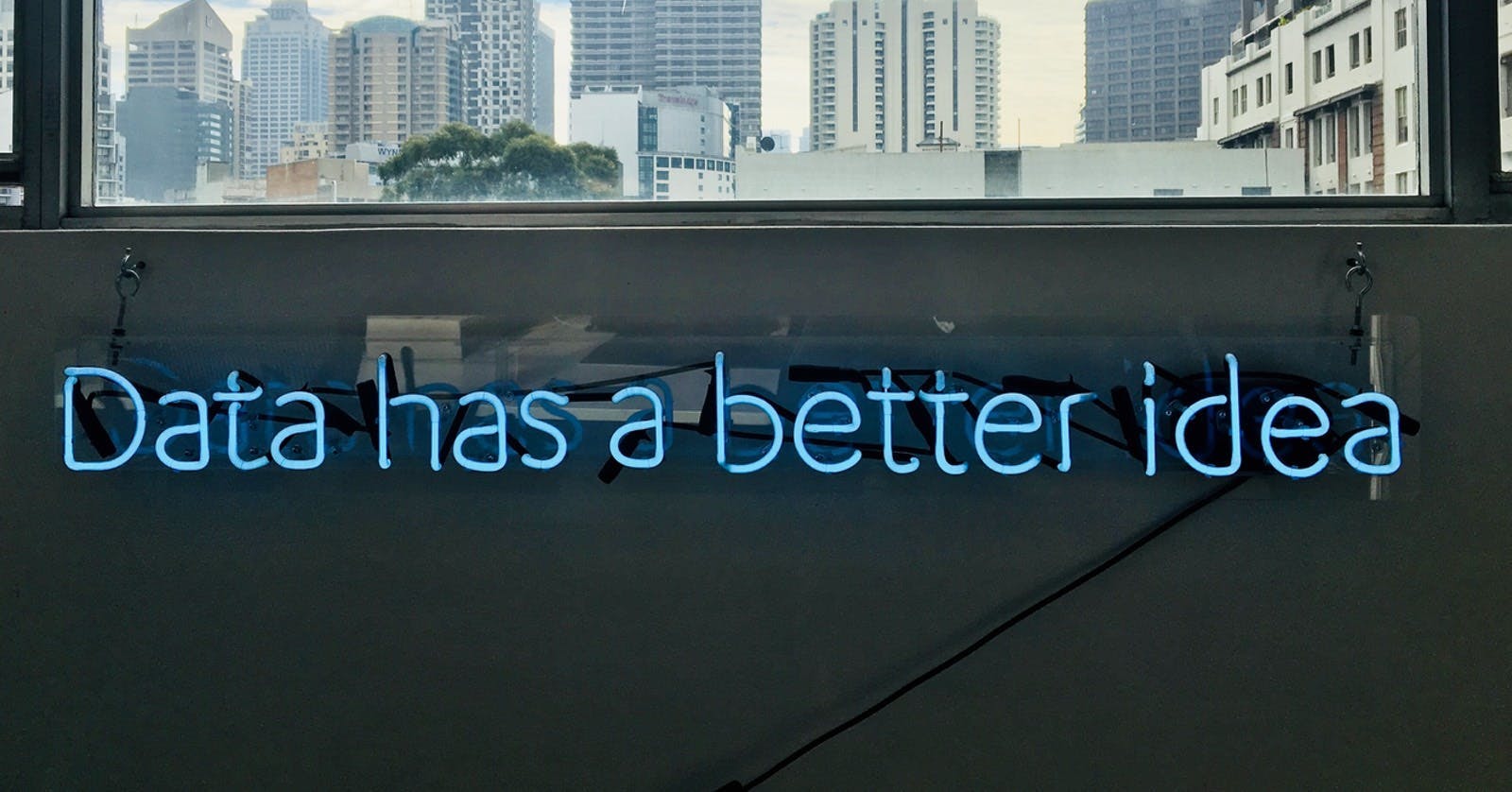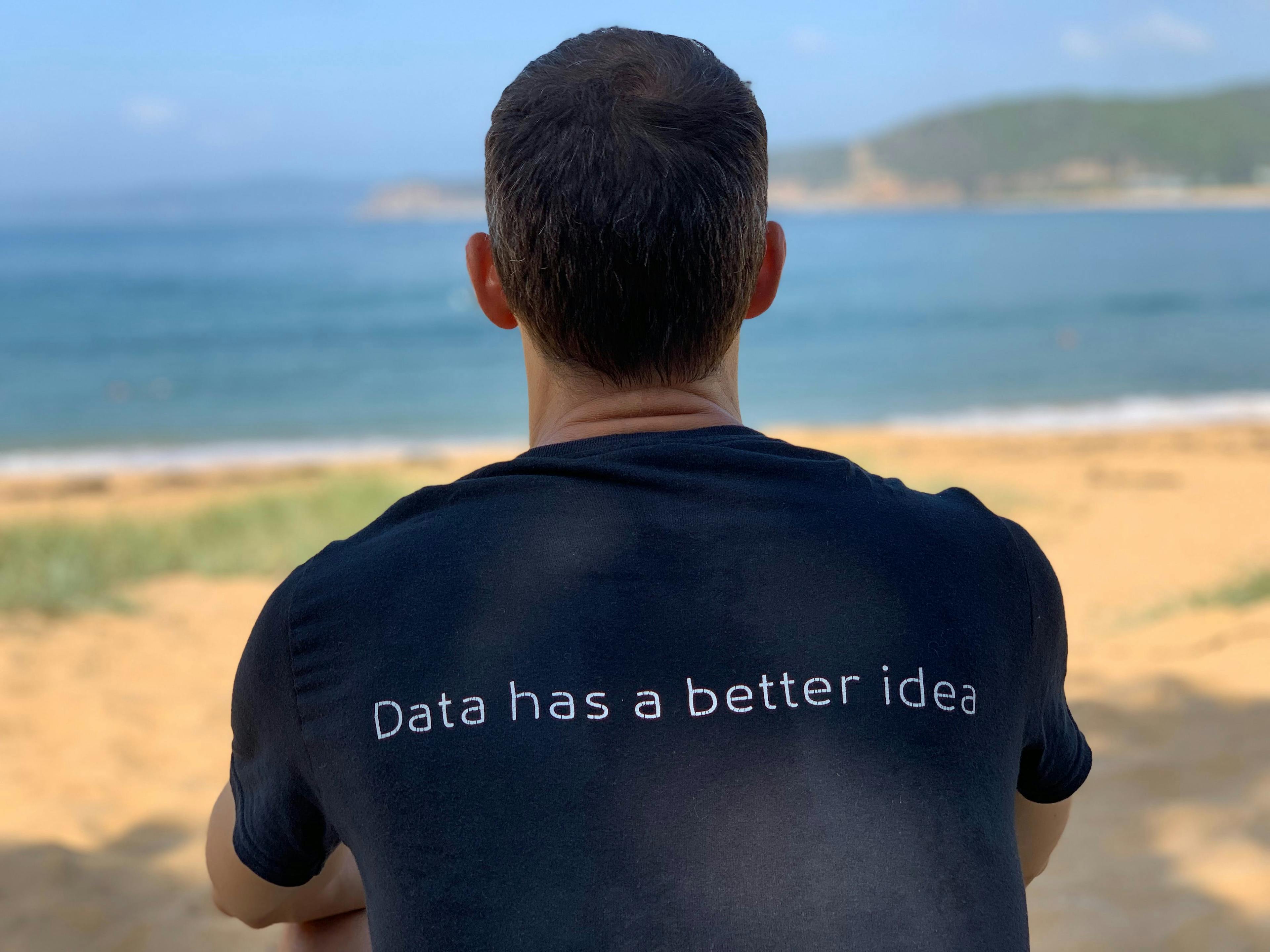
Data has a better idea™ - Learn why & how machine learning can discover new ideas with your data.
As you might have guessed, we are so passionate about data and believe it has its own ideas that it is, in fact, our registered trademark tagline Data has a better Idea™. At HIVERY, it has actually been our philosophy from the day we started. You can learn more about our journey here. Why HIVERY? We are just different.
In this blog, we want to set a time to discuss how machine learning specifically learns and uses data to discover these new ideas and, indeed, why we passionately believe that Data has a better Idea™.
Why is “data” in Data has a better idea™ in important?
Machine learning can detect epilepsy in children with a 73% success rate. This test method was previously inapplicable to children's developing brains.
Machine learning, a subfield of Artificial Intelligence (AI), is the Computer Science discipline that examines algorithms that “experience” data to find new insights. More specifically, it's the practice of machine learning algorithms that discover patterns and connections beyond human intelligence. Data is so significant now that it has become the competitive differentiator for successful companies. You might have heard expressions like "data is the new oil," "data is the new currency," or "data is the new gold!"
To illustrate, some reports suggest that over 90% of the world's data was generated in the last few years. Furthermore, according to a Forbes report, 2.5 quintillion bytes of data are created each day. It's no wonder that data is an essential asset and a crucial part of decision-making.
Unsurprisingly, a new and improved way to analyze this data using computers has generated significant interest. Machine learning algorithms excel at finding patterns and connections that we can't. They are essentially adept at conveying “data ideas” to us. Machine learning algorithms are modern-age “interpreters” providing a new competitive advantage. Industries, from airlines, mining, finance, insurance, health, and retail, are discovering that data has a better idea.
Continue reading to learn how "Data has a better idea" impacts business intelligence and decision-making.
What is the thinking behind: Data has a better idea™?
As mentioned earlier, machine learning (ML) analyzes vast amounts of data using carefully designed models or algorithms. This is the primary job of a data scientist: designing and testing algorithms capable of identifying data patterns with minimal human interaction and learning over time - to become better.
"Data has a better idea™" is made possible by cheaper, more powerful computational processing and affordable data storage. Various industries, from healthcare to retail and transportation, now utilize this form of AI. Since traditional data analysis and modeling approaches employed by Business Intelligence (BI) teams have become less effective as datasets grow larger and more complex. Machine learning algorithms have offered a new approach to help understand customers on a deeper level, learning associations more quickly and thoroughly than traditional BI approaches.

This is due to the fact that datasets have become too large and complex. Traditional data analysis and modeling approaches that are often used by Business intelligence (BI) teams have become ineffective. ML algorithms help you understand customers on a deeper level, and they learn associations more quickly and thoroughly than traditional BI approaches.
You could analyze a smaller dataset with an Excel spreadsheet. However, to discern larger patterns, you must use machine learning to process massive datasets, find patterns, and create sophisticated demand forecasts.
In retail, for example, any retailer or category management professional knows that the right assortment leads to increased sales, higher gross margins, leaner operations, and most importantly, enhanced shopper loyalty.
However, achieving the ideal assortment is easier said than done. It requires constant monitoring, strategizing, and managing SKU performance. Machine learning can assist with SKU rationalization and optimization, enabling businesses to retain only the products that generate optimal revenue. Machine learning can identify which specific stores an SKU introduction will perform better, what SKUs should be removed, and the impact on revenue and volume considering demand transference and cannibalization—all within a few minutes, not months.
"Data has a better idea™" with machine learning.
There are numerous machine learning methods to design the ideal algorithm model, each with its own advantages and disadvantages. Let's briefly review four popular ones:
Supervised Learning
Supervised learning trains an algorithm using labeled examples. It already knows the desired output. The model modifies itself by comparing its outputs to the correct answers. This method is particularly useful for binary classification, multi-class classification, and regression modeling. Use this where historical data consistently predict future events.
Unsupervised Learning
Unsupervised learning works with data that has no historical labels. There is no predetermined right answer. The system must find a pattern and figure out what is happening independently. This method is effective for clustering, anomaly detection, association mining, and dimensionality reduction.
Semi-Supervised Learning
Semi-supervised learning combines both labeled and unlabeled data for training. The labeled data points the algorithm in the right direction. Semi-supervised learning is more cost-effective than fully supervised learning. This method is best for machine translation, fraud detection, and data labeling.
Reinforcement Learning
Through trial and error, reinforcement learning discovers which actions yield the greatest rewards. Its goal is to learn the best policy within a set of defined rules. The algorithm receives positive or negative cues as it tries various ways of completing a task. Reinforcement learning is often used for robotics, video gameplay, navigation, and assortment planning.
Retailers and consumer packaged goods companies can leverage machine learning when conducting assortment optimization, finding the sweet spot between operational capability and maximum profit.

"Data has a better idea™" - Machine Learning for Retailers and CPG Suppliers.
Machine learning is an excellent way to optimize your operating strategy. HIVERY, with its flagship offering HIVERY Curate, is revolutionizing the retail and CPG industries with its innovative approach to assortment optimization and retail analytics. By harnessing store-level data, HIVERY gains a deep understanding of each store's unique customers, needs, and preferences. HIVERY's technology makes shoppers' preferences visible, enabling better store optimization regardless of the number of store clusters.
Shoppers vote in stores with their wallets every day; with data at the store level, we make this information visible so you can make smarter decisions that matter to you, your local shoppers, and stores, always ensuring locally relevant shelves, effective merchandising, and operational efficiency. Watch the video below to learn more about how "Data has a better idea" with machine learning.
Related content you might be interested in:
- Progressive Grocer - Innovating Category Management: Assortment as a Service
- HIVERY's Double Win: Retail Tech 100 & Fast Company's Most Innovative Companies
- Podcast - Tyson Foods' AI-Driven Journey to Innovation & Brand Protection at Target Stores
- How To Get Assortment Space Contribution Index Optimized